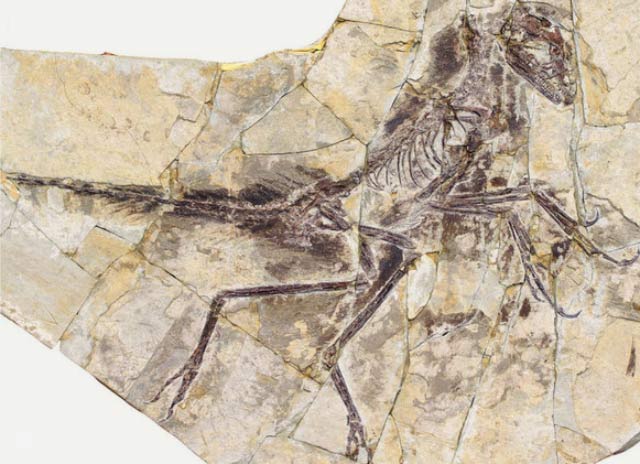Providing evidence for evolution
Last week I pointed out some common misconceptions about evolution and arguments that are often used to support creationism. This week I would like to share some of what I feel to be the strongest evidences for evolution. I feel like too often in debates about evolution the focus seems to be on refuting creationism instead of correctly presenting evolution – and the science is really awesome. With the evidence I present here I seek to answer the following questions:What is the fossil evidence for evolution?
What can we learn about evolution from living animals?
Does evolution present any testable predictions?
What is the fossil evidence for evolution?
One of the common arguments against evolution is “where are the transition fossils”. This is perhaps the weakest of all arguments against evolution. The transition fossils (or casts of the fossils) are available in every reliable natural history museum. Wikipedia has an extensive list of transition fossils. These fossils include the human evolution of Australopithecus to Homo Habilis to Homo Erectus to Homo Sapien. They include evolution of invertebrates to fish. They even include the evolution of insects.
The fossil evidence is extensive, and the argument that we don’t have fossil evidence is tired. Creationists quickly say things like “just show me the transition fossils” or “where is the missing link”, but we actually have quite a bit of fossil evidence. Just this last week Dr. Steven Novella wrote a great article on feathered dinosaurs – an excellent example of transition fossils.
Unfortunately, each time new evidence of this type is presented creationists treat the new fossil like the hydra from greek mythology – finding one transition fossil just creates two new transitions whose fossils haven’t been found yet.
Go To Article
